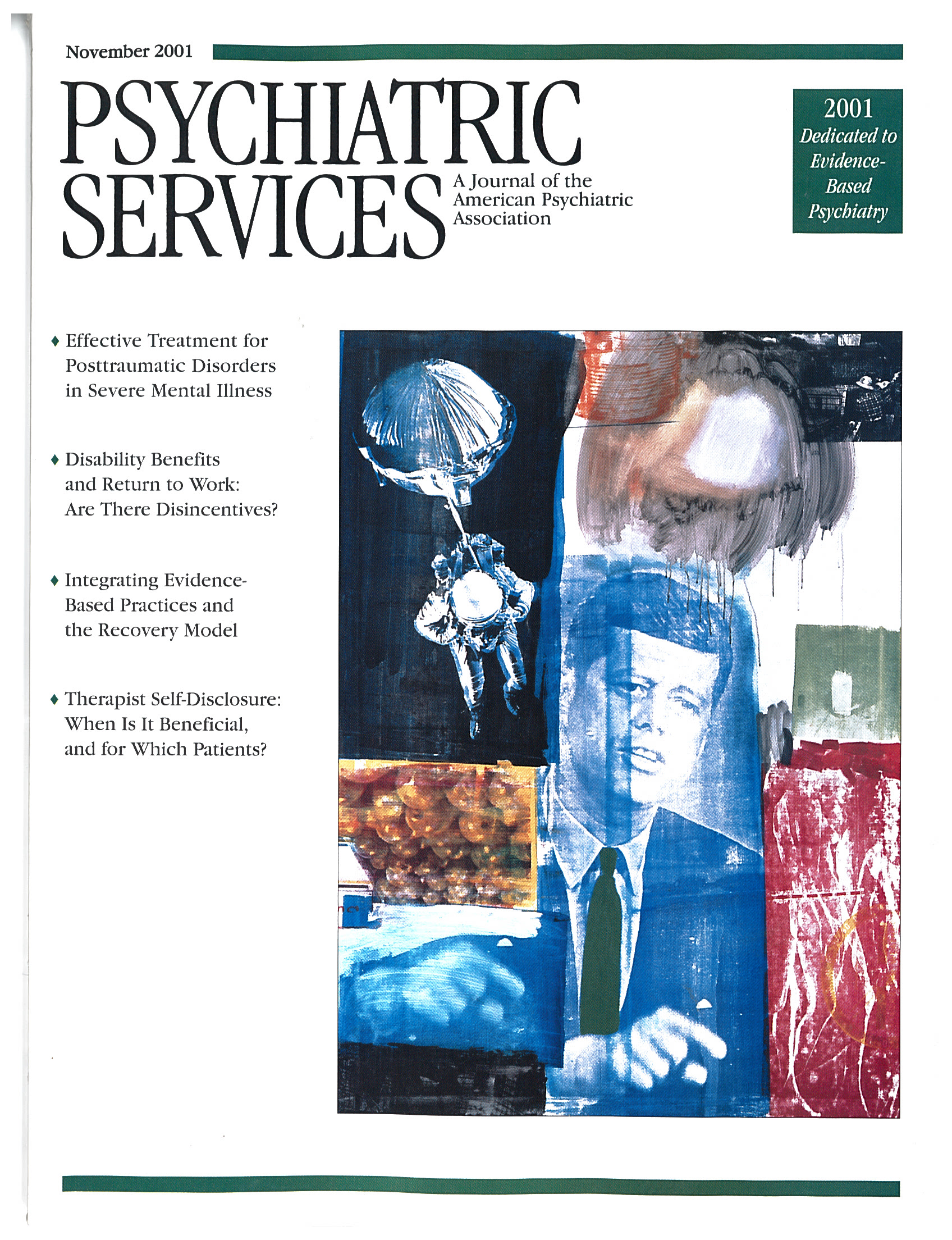Use of Psychiatric Emergency Services and Enrollment Status in a Public Managed Mental Health Care Plan
Abstract
OBJECTIVE: This study examined the sociodemographic and clinical characteristics of acute-care psychiatric patients who visited the emergency department at a large public hospital in terms of the patients' enrollment status in the region's public managed mental health care plan. The results of the analyses were expected to provide information about the degree and types of access to care for individuals who are and are not enrolled in the plan. METHODS: Data were collected over a seven-month period for 2,419 patients who visited a large, inner-city crisis triage unit. Patients were grouped according to whether they were currently enrolled, previously enrolled, or never enrolled in the public managed mental health care plan. Univariate and logistic regression models were used to determine differences between the three groups. RESULTS: In general, patients who were currently enrolled in the plan had a higher rate of functional psychosis, past use of psychiatric services, and functional disability and lower rates of substance use and homelessness. Previously enrolled patients had a more moderate rate of psychosis but a higher rate of substance use, functional disability, and homelessness. The never-enrolled patients had a lower rate of psychosis, functional disability, and past use of psychiatric services, and moderate substance use. CONCLUSIONS: The region's public health plan appeared to be succeeding in engaging and keeping the most psychiatrically impaired patients in treatment; however, individuals with moderate psychiatric symptoms and high levels of substance abuse may never have been enrolled in the plan because of Medicaid ineligibility or because they dropped out of treatment. Problematic behavior and history of hospitalization were the best predictors of enrollment status.



